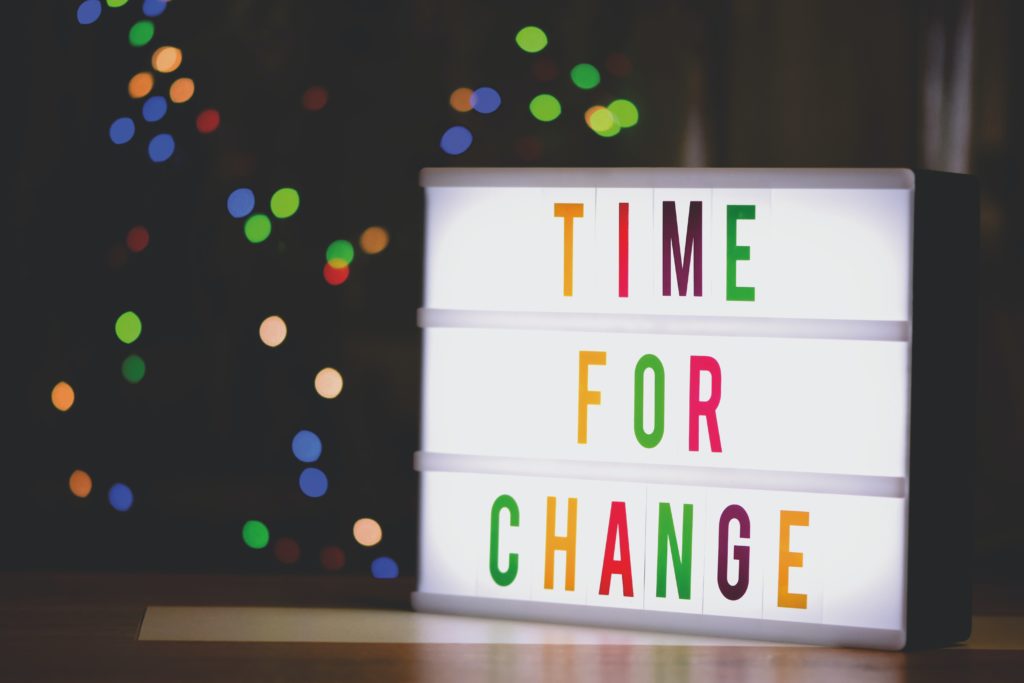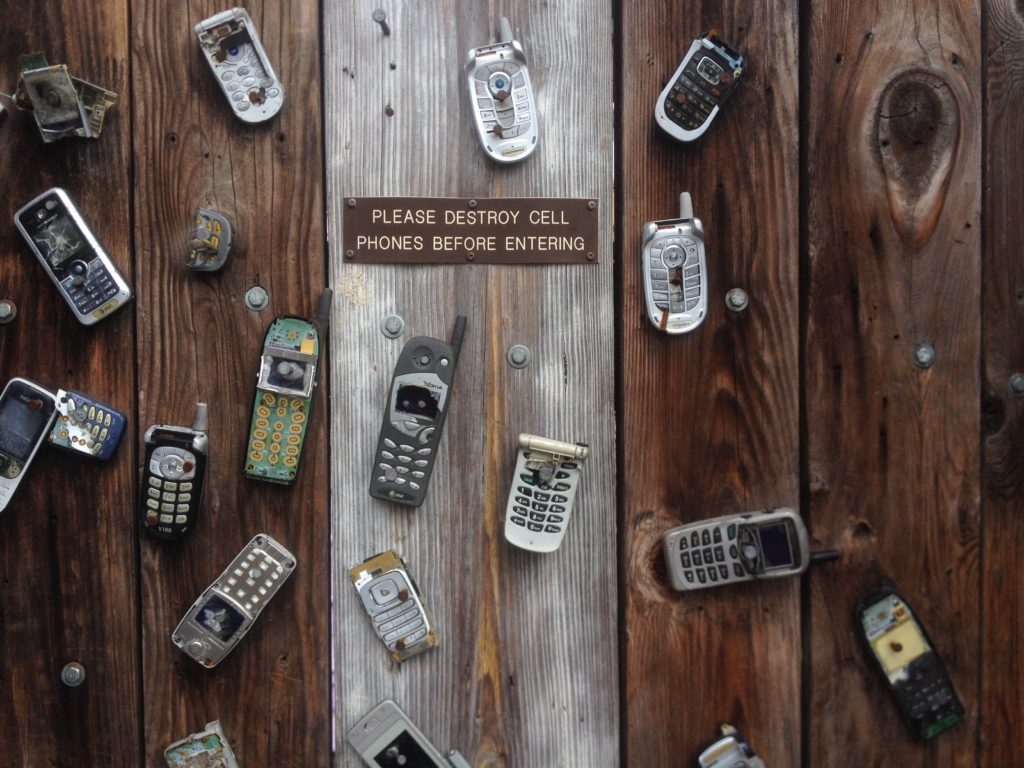Half the world is composed of people who have something to say and can’t, and the other half who have nothing to say and keep saying it.
Robert Frost
In our daily lives, communication is crucial with messaging as one of the advances of our days. Without a doubt, humans are social beings. We — or the bulk of us — need someone to chat with, debate with, quarrel with, etc. The importance of communication in modern life is constantly expanding. Without active, expanding, and developing communication and its methods like texting or social media, the active, developing society cannot exist.
In addition to its social function, communication also serves the vital function of exchanging information. Yes, we want and need to develop relationships, but knowledge exchange is at least equally important. In the current environment, science and R&D are impossible without active communication. Live events, written pieces, and instructional videos are just a few examples of its many forms and shapes. It is currently regarded as one of the most important factors for future developments.
Communication types

You probably already know that there are different modes of communication, including written, visual, non-verbal, and verbal.
We start learning about verbal communication in early life. Verbal refers to communication that takes place through speech and language. It also alludes to other modalities like face-to-face meetings, phone calls, and video conferences.
In nonverbal communication, words are not used. Body language, posture, facial expression, eye contact, and proxemics are its tools. Simply staring at the speaker with curiosity and intrigue can convey genuine interest. Alternately, you may demonstrate your lack of interest and attentiveness by slouching backward on the chair while maintaining a poker face. Sometimes we are unsure of the reasons behind our actions or refusals. It might even appear strange. However, it’s possible that nonverbal cues were what ultimately influenced your choice.
Written communication is once again a language-related activity, but this time the written word/language is used to communicate a message. Traditional methods include written materials like books, articles, and letters as well as modern tools like email, instant messaging, etc. Often, handling this in written form takes a lot of time and even effort. However, a significant benefit is that massive volumes of data may be delivered.
Visual communication is frequently referred to as an aid or supplement, particularly to the preceding kind. In other terms, it refers to conveying information primarily through visual means. Examples include graphs, pictures, models, and objects. Visual aids are very useful for presenting things that are challenging to explain or describe. They are frequently used for business objectives, namely graphs to provide financial indices or parameters, to talk about current trends in science, or to illustrate R&D outcomes. It is true what they say: “a picture is worth a thousand words.”
Texting of Change

It’s obvious that we have long valued face-to-face communication. Personal relationships were seen as the primary and most significant. Even though remote channels emerged very quickly, they could not claim to be totally in charge. Even in 2018 and 2019, it was stated that while remote communication tools developed extremely fast, it would take another 10 to 15 years for them to be extensively adopted.
But COVID-19 altered our perspective. We observed a rise in such remote technologies during the pandemic outbreak. No one is still in awe of remote videoconferences, hybrid events, or remote offices two years later. And while we are making an effort to return to our “regular” lives, no one would disagree that this difficulty and experience have permanently altered who we are. We now know that there are many things we can accomplish online. There are methods and instruments for communicating over long distances while maintaining a level of productivity similar to that of an office setting. Online and offline are no longer distinct; this was one of the biggest cultural shifts in human history. As they stated, there is a new normal in place, and we must adapt.
There were a lot of discussions about the drawbacks of distant communication even before the pandemic panic. Threats to the emotional and mental well-being, digital addiction, text neck, etc. Looking at Instagram stories about events one was not invited to can cause FOMO (fear of missing out). But the primary problem is that we no longer value personal, face-to-face discussion because we now have access to cutting-edge, novel communication methods. Sometimes we feel that talking on our phones has replaced normal conversations or reading. Or it diverts our attention away from the concerns that our friends or family would like to discuss.
The truth is out there

However, messaging may be quite effective in fostering closer bonds between people or coping with upsetting situations. It undoubtedly works well in cases where we need to establish a remote link for medical reasons with rural, outlying areas or to schedule a presentation with a renowned expert from another continent who is unable to attend your event in person. International business meetings and activities that are held online or in a hybrid format can reach a far wider audience and include more participants. So, yeah, there are benefits without a doubt, but there is a cost associated with them that we must endure.
In other words, texting itself is not harmful. In order to maximize benefits and effectively address drawbacks, current technologies need to be used with some rational techniques and strategies. One message, no matter how brief, could be quite useful if one is feeling lonely or is dealing with a challenging situation. It is a fantastic method to interact with new people and get to know them better. Of course, it cannot take the place of a traditional conversation, but it is a fantastic place to start. For parents, it’s a novel way to interact with their adult kids.
Our contribution – your creativity

Therefore, messaging and social networking in particular can function fairly well. But it means only texting. However, there is room to add a few more, make it smart. We interpret 80 to 85 percent of the information around us visually, so visual communication is very crucial to us. Why not make the most of this chance to spice up your message?
For smart messaging, to turn it into more dynamic and emotional-rich, Aspose created the tiny free tool Text-to-Gif app. You may quickly construct a message that includes emoji to express your feelings. With adjustments to the text size, font, background color, etc., important issues can be highlighted. Additionally, we have added a few ideas and suggestions for unique situations, such as wishing someone a happy birthday, saying “I love you,” sending greetings for Christmas, Father’s Day, or a wedding. And don’t forget about wishing sweet dreams or exciting good morning to your darling. Similar to texting, use this tool judiciously and avoid overestimating how easy it is to use. It is a convenient and user-friendly tool.
Posted inNews, Aspose.Slides App Product Family




